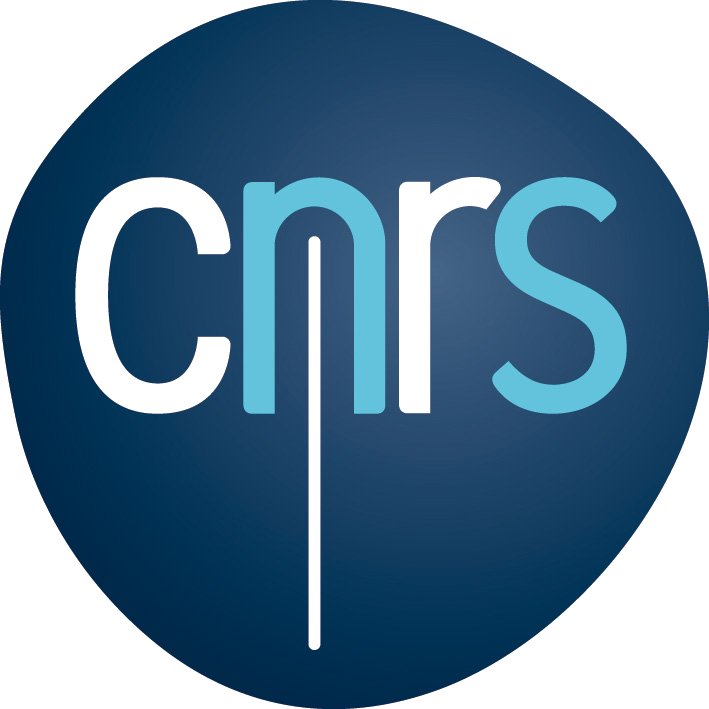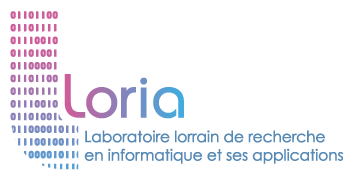1 — Data-efficient and privacy-preserving learning
A central aspect of our research is to design machine learning models and methods for multimodal speech data, whether acoustic, visual or gestural. By contrast with big tech companies, we focus on scenarios where the amount of speech data is limited and/or access to the raw data is infeasible due to privacy requirements, and little or no human labels are available.
1.1 — Integrating domain knowledge
State-of-the art methods for speech and audio processing are based on discriminative neural networks trained for the targeted task. This paradigm faces major limitations: lack of interpretability, large data requirements, inability to generalize to unseen classes or tasks. Our approach is to combine the representation power of deep learning with our acoustic expertise to obtain smaller generative models describing the probability distribution of speech and audio signals. Particular attention will be paid to designing physically-motivated input layers, output layers, and unsupervised representations that capture complex-valued, multi-scale spectro-temporal dependencies. Given these models, we derive computationally efficient inference algorithms that address the above limitations. We also explore the integration of deep learning with symbolic reasoning and common-sense knowledge to increase the generalization ability of deep models.
1.2 — Learning from little/no labeled data
While supervised learning from fully labeled data is economically costly, unlabeled data are inexpensive but provide intrinsically less information. Our goal is to learn representations that disentangle the attributes of speech by equipping the unsupervised representation learning methods above with supervised branches exploiting the available labels and supervisory signals, and with multiple adversarial branches overcoming the usual limitations of adversarial.
1.3 — Preserving privacy
To preserve privacy, speech must be transformed to hide the users’ identity and other privacy-sensitive attributes (e.g., accent, health status) while leaving intact those attributes which are required for the task (e.g., phonetic content for automatic speech recognition) and preserving the data variability for training purposes. We develop strong attacks to evaluate the privacy. We also seek to hide personal identifiers and privacy-sensitive attributes in the linguistic content, focusing on their robust extraction and replacement from speech signals.
2 — Extracting information from speech signals
In this axis, we focus on extracting meaningful information from speech signals in real conditions. This information can be related (1) to the linguistic content, (2) to the speaker, and (3) to the speech environment.
2.1 — Linguistic speech content
Speech recognition is the main means to extract linguistic information from speech. Although it is a mature research area, performance drops in real-world environments pursue the development of speech enhancement and source separation methods to effectively improve robustness in such real-world scenarios. Semantic content analysis is required to interpret the spoken message. The challenges include learning from little real data, quickly adapting to new topics, and robustness to speech recognition errors. The detection and classification of hate speech in social media videos will also be considered as a benchmark, thereby extending the work on text-only detection. Finally, we also consider extracting phonetic and prosodic information to study the categorization of speech sounds and certain aspects of prosody by learners of a foreign language.
2.2 — Speaker identity and states
Speaker identity is required for personalization of human-computer interaction. Speaker recognition and diarization are still challenging in real-world conditions. The speaker states that we aim to recognize include emotion and stress, which can be used to adapt the interaction in real time.
2.3 — Speech environment information
We develop audio event detection methods that exploit both strongly/weakly labeled and unlabeled data, operate in real-world conditions, can discover new events, and provide a semantic interpretation. Modeling of the temporal, spatial and logical structure of ambient sound scenes over a long duration is also considered. We are also interested in the lesser studied problem of inferring the acoustic properties of the environment from impulse response measurements or from multichannel recordings of unknown sound sources.
3 — Multimodal Speech: generation and interaction
In our project, we consider speech as a multimodal object, where we study (1) multimodality modeling and analysis, focusing on multimodal fusion and coordination, (2) the generation of multimodal speech by taking into account its different facets (acoustic, articulatory, visual, gestural), separately or combined, and (3) interaction, in the context of human-human or human-computer interaction.
3.1 – Multimodality modeling and analysis
The study of multimodality concerns the interaction between modalities, their fusion, coordination and synchronization for a single speaker, as well as their synchronization across the speakers in a conversation. We focus on audiovisual speech enhancement to improve the intelligibility and quality of noisy speech by considering the speaker’s lip movements. We also consider the semi/weakly/self-supervised learning methods for multimodal data so as to obtain interpretable representations that disentangle in each modality the attributes related to linguistic and semantic content, emotion, reaction, etc. We also study the contribution of each modality to the intelligibility of spoken communication.
3.2 – Multimodal speech generation
Multimodal speech generation refers to articulatory, acoustic, and audiovisual speech synthesis techniques which output one or more facets. Articulatory speech synthesis relies on 2D and 3D modeling of the dynamics of the vocal tract from real-time MRI (rtMRI) data. We consider the generation of the full vocal tract, from the vocal folds to the lips, first in 2D then in 3D. This comprises the generation of the face and the prediction of the glottis opening. We also consider audiovisual speech synthesis. Both the animation of the lower part of the face related to speech and of the upper part related to the facial expression are considered, and development continues towards a multilingual talking head. We investigate further the modeling of expressivity for both audio-only and audiovisual speech synthesis, for a better control of expressivity, where we consider several disentangled attributes at the same time.
3.3 — Interaction
Interaction is a new field of research for our project-team that we will approach gradually. We start by studying the multimodal components (prosody, facial expressions, gestures) used during interaction, both by the speaker and by the listener, where the goal is to simultaneously generate speech and gestures by the speaker, and generating regulatory gestures for the listener. We will introduce different dialog bricks progressively: Spoken language understanding, Dialog management, and Natural language generation. Dialog will be considered in a multimodal context (gestures, emotional states of the interlocutor, etc.) and we will break the classical dialog management scheme to dynamically account for the interlocutor’s evolution during the speaker’s response.
4 – Software platform: Multimodal Voice assistant
The outcomes of the approaches and models in this research program will crystallize into a unified software platform for the development of embodied voice assistants. Our main objective is that the results of our research feed this platform, and that the platform itself facilitates our research and that of other researchers in the general domain of human-computer interaction, as well as the development of concrete applications that help humans to interact with one another or with machines. We will focus on two main application areas: language learning and health assistance.





